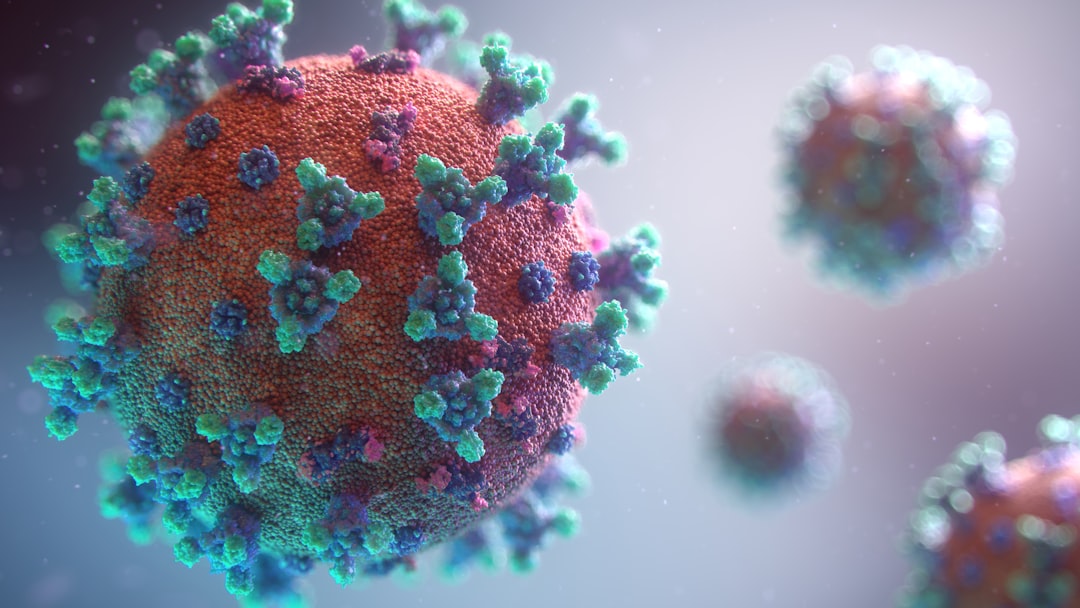What is it about?
Raman spectroscopy is an emerging technique for the rapid detection of oil qualities. But the spectral analysis is time-consuming and low-throughput, which has limited its broad adoption. Edible oils are an indispensable source of nutrition and, accordingly, are widely present in food. Oil adulteration has been a chronic issue for many years. Therefore, in this study, Raman spectroscopy combined with machine learning was explored in pursuit of finding a rapid, greener way to analyze the purity of food products.
Featured Image

Photo by Conny Schneider on Unsplash
Why is it important?
We described a protocol that combined machine learning algorithms with Raman spectroscopy or fatty acid composition to characterize edible oils. Our method yielded a high accuracy (96.7% ) in classifying edible oil types and, accordingly, is an effective means of detecting adulterated oils (R2=0.984).
Perspectives
Our study demonstrated the potential and value of machine learning assisted Raman spectra analysis for the rapid authentication and detection of contaminants in food products, or identification of origin of agricultural products based on their chemical compositions.
Dr. Hefei Zhao
University of California Davis
Read the Original
This page is a summary of: The application of machine-learning and Raman spectroscopy for the rapid detection of edible oils type and adulteration, Food Chemistry, March 2022, Elsevier,
DOI: 10.1016/j.foodchem.2021.131471.
You can read the full text:
Resources
Investigating Food Purity Using Raman Spectroscopy Combined with Machine Learning
Spectroscopyonline
Machine-Learning-Driven Raman Spectroscopy for Rapidly Detecting Type and Adulteration of Edible Oils
VIRTUAL 2020 American Oil Chemists' Society (AOCS) Annual Meeting & Expo
Featured Article by American Oil Chemists' Society (AOCS)
Machine learning-driven Raman spectroscopy for rapidly detecting type, adulteration, and oxidation of edible oils by Hefei Zhao, Yinglun Zhan, Zheng Xu, Joshua John Nduwamungu, Yuzhen Zhou, and Changmou Xu
American Oil Chemists' Society (AOCS) Webinar Presentation
Due to the great demand of edible oils worldwide, adulteration is a major issue. In this webinar, Hefei Zhao, a PhD candidate in the Department of Food Science and Technology at the University of Nebraska-Lincoln, will tell you about his research that tries to enhance the workflow efficiency and performance of Raman spectra through augmented detection of features. While Raman spectroscopy has been used to detect food quality and adulteration, manual spectral analysis still limits this technique to a time-consuming and low-throughput tool. In Zhao’s research, spectra from ten common types of edible oils with four independent biological replicates were collected. You’ll learn more about the implications of his results and how machine learning classification of Raman spectra is promising for practical rapid Raman detection in this webinar.
Contributors
The following have contributed to this page










